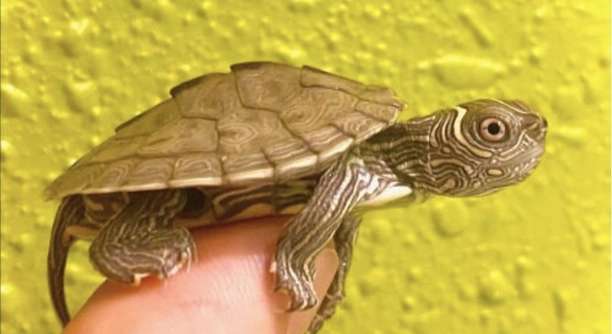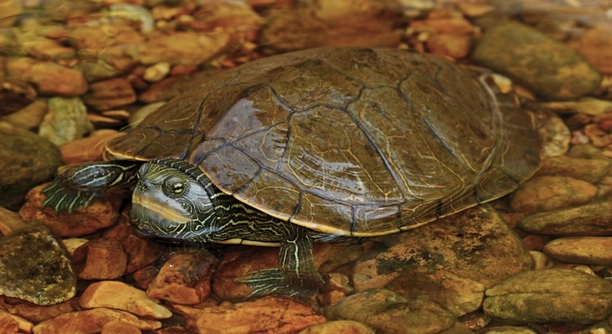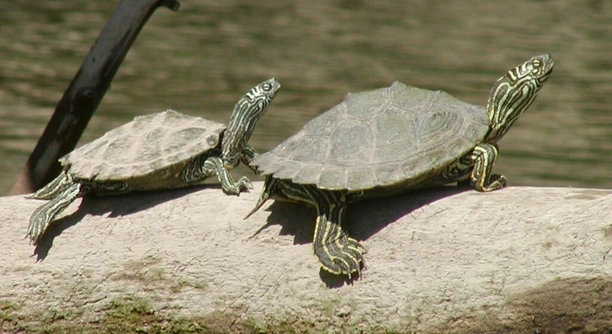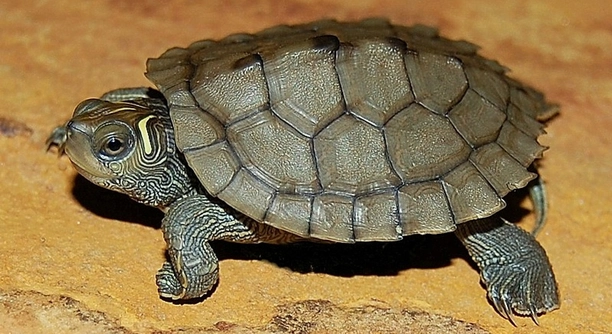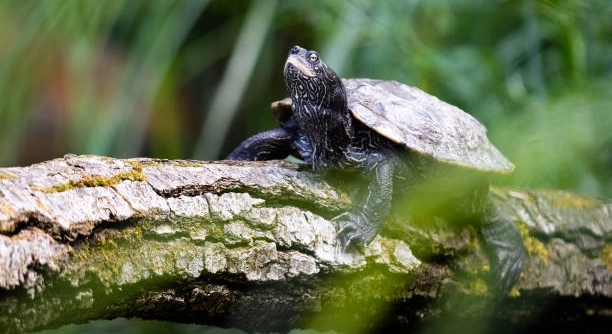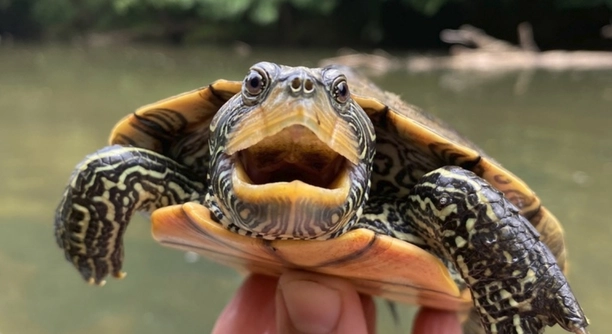7 Differences Between Male and Female Map Turtle Growth Rates
Male and female map turtles exhibit distinct growth rates influenced by their biology and environment. Understanding these differences is essential for proper care and optimal growth conditions in both genders of this fascinating species. Male map turtles generally grow slower and remain smaller, while females experience faster growth, reaching larger sizes. These differences stem from … Read more

